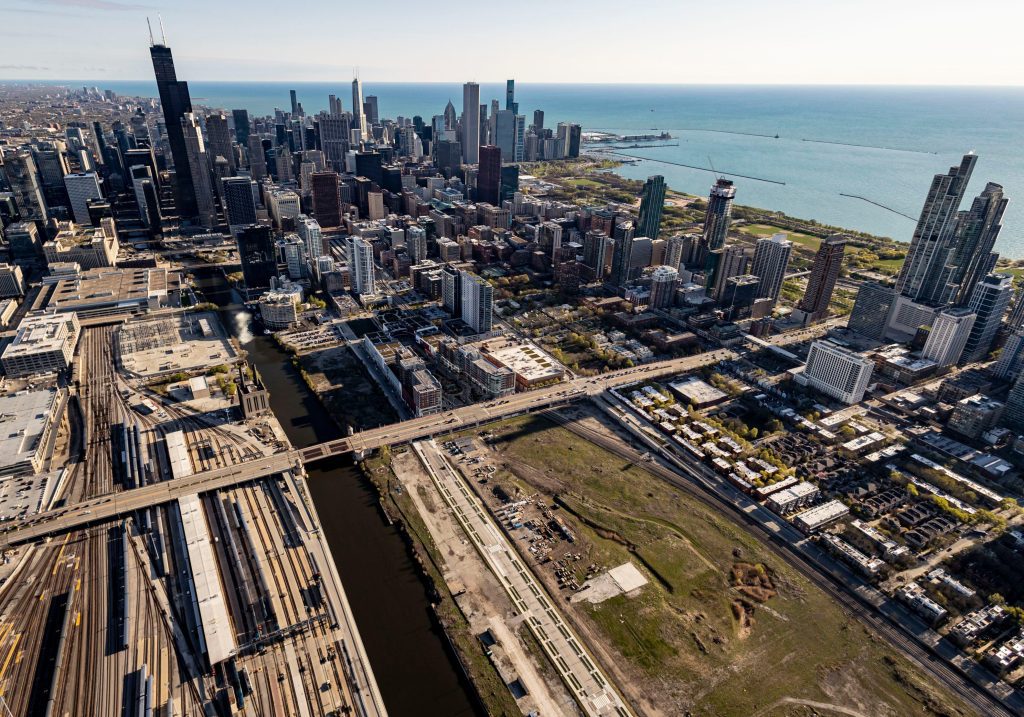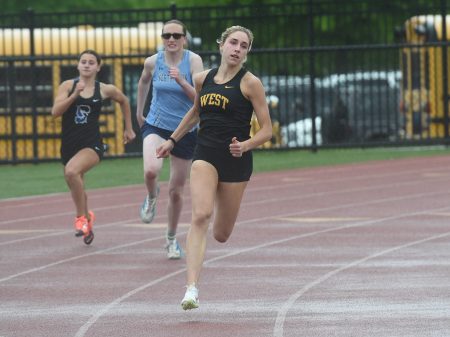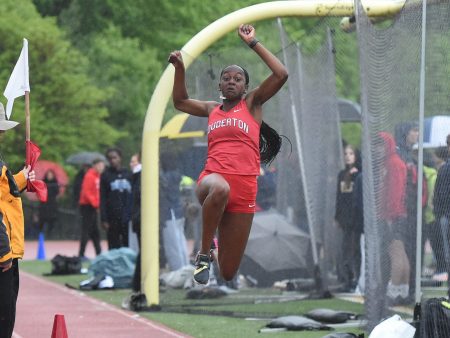When Chicago was choosing sites for a new casino in 2022, we supported the proposal that would have placed the large entertainment center on the area called The 78, named after Chicago's 77 official neighborhoods.
Why? First, The 78, bordered by Roosevelt Road to the north, Clark Street to the east, 16th Street to the south, and the South Branch of the Chicago River to the west, is a desirable, ready-to-go location for development.
Selecting it for the casino would not have displaced anyone and would have been costly. It offered river frontage, leading us to imagine nice waterfront bars and restaurants that would not face the same objections and legal issues as lakefront projects. This could continue the success of Chicago’s River Walk to the North. The 62 acres of former railroad land, now owned by developer Related Midwest, offer space, and The 78 is well served by existing public transportation. This would be even more the case once the new CTA station is built at 15th Street.
All of those reasons would also apply to a development including a new stadium for the Chicago White Sox.
But that wasn’t the main reason we were, and are, so excited about The 78.
Currently, it’s a vacant area, a dead zone that hinders the potential relationship between Chicago’s Loop and the South Side.
If The 78 were developed properly, it could reconnect the South Loop with Chinatown and Bronzeville and could bring economic development from the business district to the south, similar to what the West Loop entertainment district has done to the west and the Gold Coast residential neighborhood has done to the North. Eliminating that empty area could potentially lead to the same success as Millennium Park did two decades ago in a section of the city with a greater need.
The 78 is a large, unused asset and, given its suitability for entertainment, a casino or (even better) a new sports stadium is what it needs. You just need to look at Tiger Stadium in Detroit, with its lively eateries and influence on a revitalized downtown, or the large pedestrian area around Allegiant Stadium in Las Vegas, or of course, Wrigleyville, to see what this could look like.
Guaranteed Rate Field is, frankly, unloved and unattractive. It’s too harsh, isolated, steep, hemmed in, and not fan-friendly. The surrounding neighborhood has often resisted developing the parking lots for fan amenities. Despite its relative youth, it’s a relic of a time when the stadium was just a stadium. Now, as we know, sports teams aim to control (and ideally own) what happens around the stadium, where fans stay, eat, and play, instead of just sparking development.
Contrary to the NFL, which has few games a year, Major League Baseball has many home games each season. Office workers could walk to the new stadium from the Loop, which could be an incentive to bring workers back downtown.
We know that the Cubs and the Sox have very different impacts on the economy. The Cubs bring in many out-of-town fans who stay in hotels and come specifically for the games. The Sox, on the other hand, mostly attract local fans and don't generate as much extra spending. The location of the games plays a big role.
We have always believed that giving taxpayer money to wealthy sports team owners should stop. We have also stated that the Chicago Bears should pay for their own stadium as a private business operating in a private facility.
Our stance on the White Sox is similar, but it doesn't mean that the city and state governments can't work with the team to support their plans. It's reasonable for the government to help with infrastructure and public areas, especially if the site will also have housing and parks. Even Ald. Nicole Lee, 11th, has expressed support for the plan.
Certainly, tax increment financing will be necessary, which some see as a form of public financing. While we emphasize the importance of private investment, it's important to consider that TIF money can be used for public improvements that a private developer might otherwise pay for. Although the mayor has been hesitant about TIFs due to the city's financial difficulties, an exception could be made if the public and private interests align properly. Also, transferring the existing 2% hotel tax to this project doesn't seem like a major issue, as it's already dedicated to a similar purpose.
The future of Guaranteed Rate Field needs to be discussed, and it's unlikely that the site would satisfy the Bears for the same reasons the White Sox want to leave. However, leaving an empty concrete shell by the Dan Ryan Expressway would not be acceptable. The plan should include redevelopment ideas, such as housing, community sports facilities, a stadium for the Chicago Fire, and playing fields, which are appropriate for a facility built with public money and owned by the Illinois Sports Facilities Authority.
All these discussions are yet to happen, but out of all the sports-related issues we've talked about, the idea of the White Sox at The 78 is one of the better ones in terms of economic development.
The 78 could greatly benefit the Sox, South Loop, Bronzeville, and Chinatown, without relying on luck or gambling.
@chitribopinions and on Facebook.
Submit a letter, no longer than 400 words, to the editor here or email [email protected].
()









